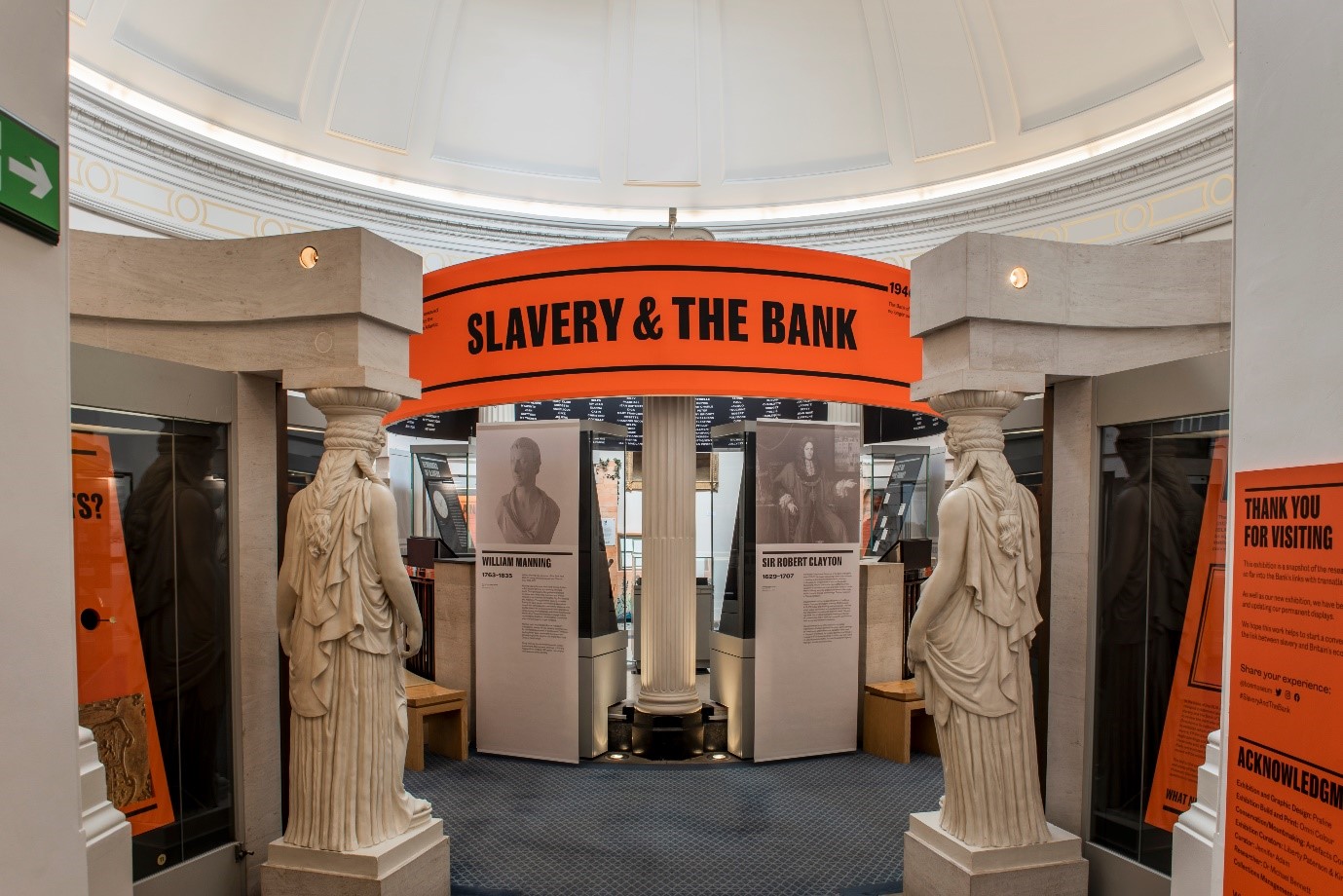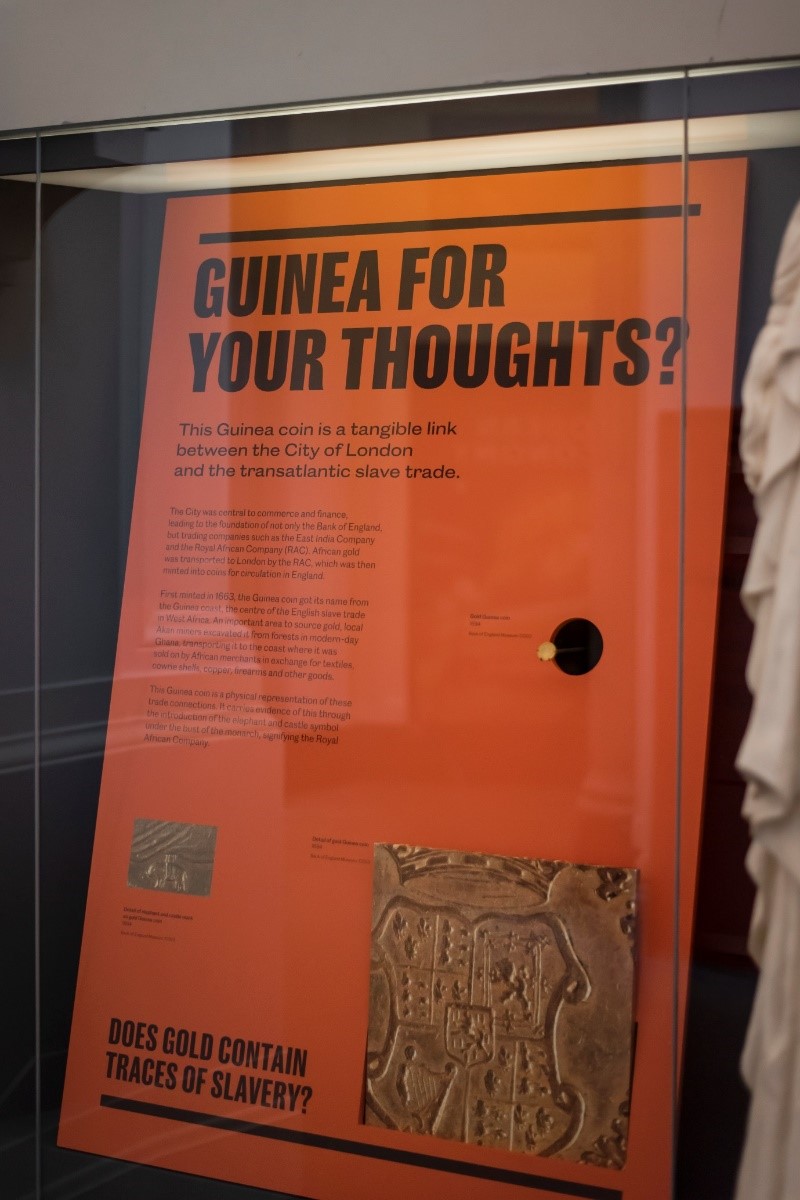The work gained momentum in early 2020 when a small number of colleagues in the Bank of England Ethnic Minority Network began an internal project to highlight the Bank’s links to transatlantic slavery. The Black Lives Matter protests of 2020 then showed unmistakably the public desire for institutions to be open about their history and connections with slavery and colonialism. As public attention turned to the question of who we commemorate in our public spaces, we began to look more closely at the figures on our own walls.
When it was founded in 1694, the Bank of England was a private bank that provided financial services to individuals, other companies and the Government. Many City merchants and financiers would invest profits from riskier trade ventures into Bank of England stock, which was a safer investment. A significant enough investment in Bank stock qualified the holder for election as a Director or Governor. As a result, these offices were held by wealthy and successful businessmen, many with commercial interests in slavery.
As a result of this initial research we moved ten items from display around the Bank into our museum stores, where they will be kept safely. Four are featured in the exhibition, Slavery & the Bank. We began planning for this exhibition in earnest in autumn 2020, and in 2021 two academic specialists joined the Museum team for the project. Dr Michael Bennett, a specialist in the history of early modern Britain and Caribbean slavery, led the research that underpins the exhibition. And Liberty Paterson, whose PhD research looks at the cultural legacies of slavery at the National Portrait Gallery, London, was brought in to co-curate the exhibition and assist with research.



